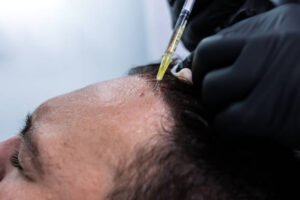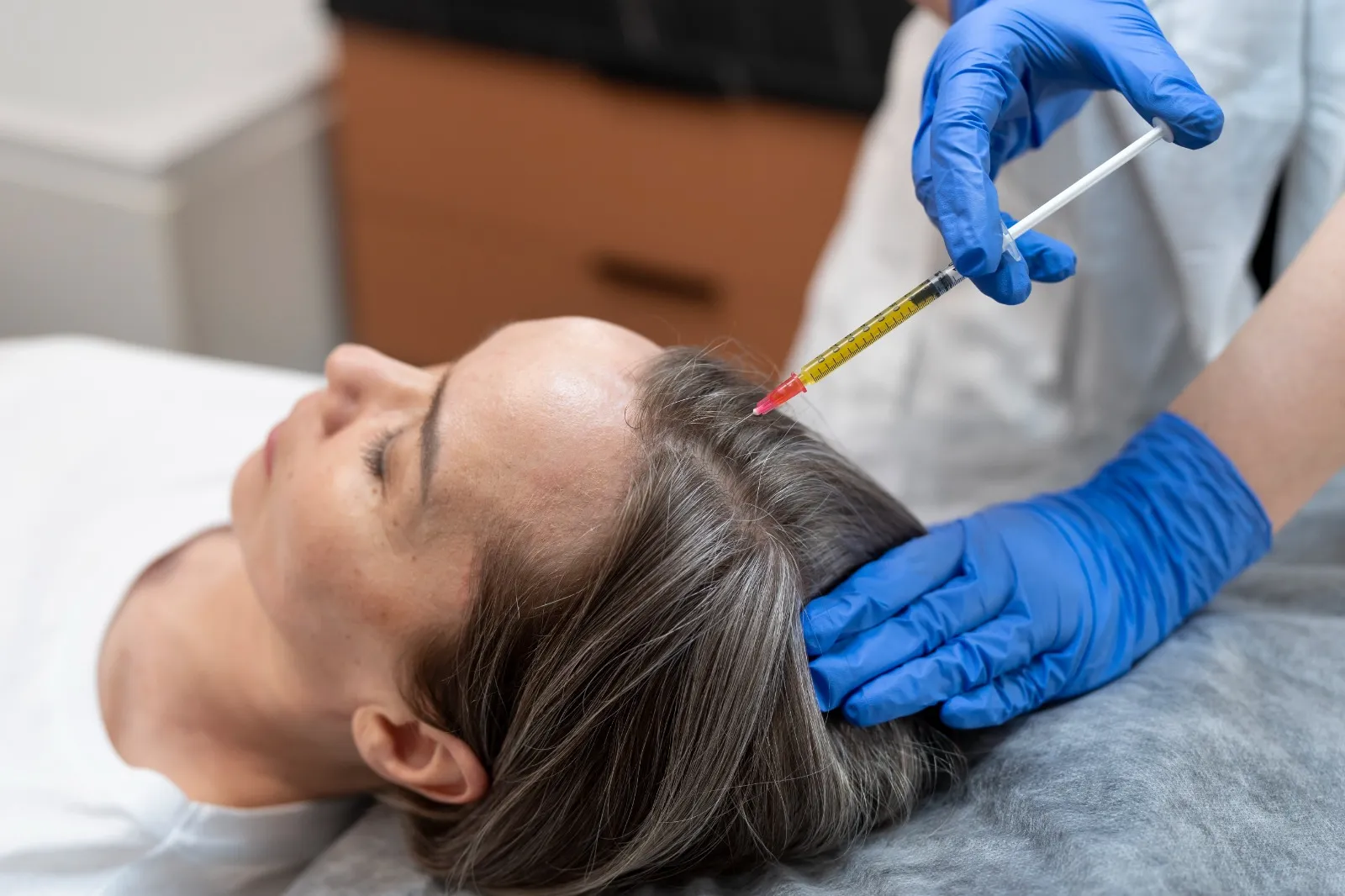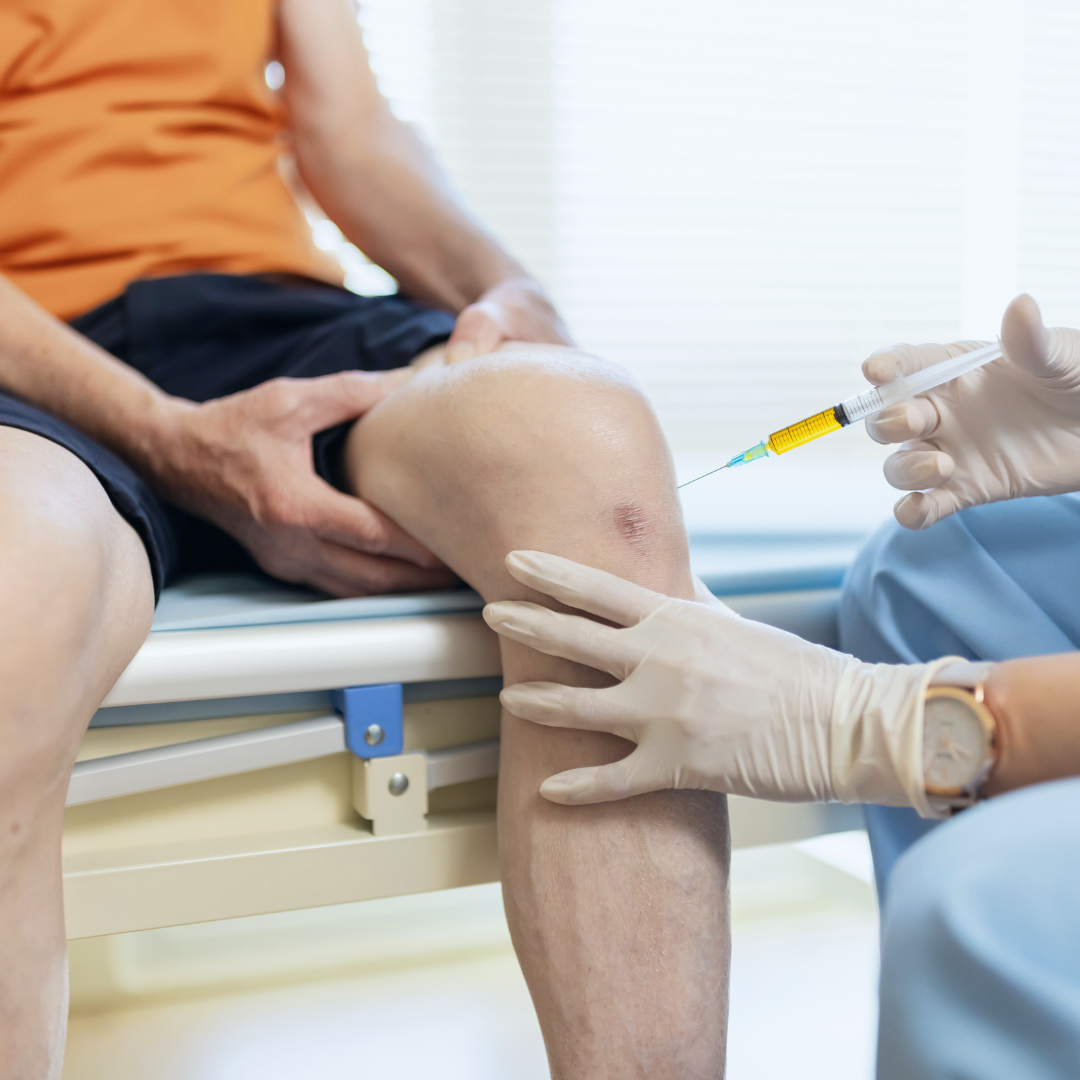PRP Hair Treatment in Abu Dhabi has gained significant attention as a non-surgical solution for hair restoration. By utilizing the body’s natural healing properties, PRP therapy promotes hair growth and improves the overall health of hair follicles. To ensure you get the best results from this treatment, understanding the process and following specific aftercare guidelines is essential. In this article, we will discuss how to maximize the effectiveness of PRP hair treatment in Abu Dhabi.
Understanding PRP Hair Treatment
What Is PRP Hair Treatment?
PRP hair treatment involves drawing a small amount of your blood, processing it to concentrate the platelets, and then re-injecting the enriched plasma into areas of the scalp where hair thinning or loss is noticeable. The platelets contain growth factors that stimulate the hair follicles, promoting hair regrowth and improving hair density.
How Does PRP Work?
PRP works by increasing blood circulation to the scalp, which revitalizes hair follicles and encourages them to enter the active growth phase. Over time, PRP helps stimulate the production of thicker, stronger hair.

Preparing for PRP Hair Treatment in Abu Dhabi
Choose a Reputable Practitioner
The success of PRP hair treatment largely depends on the expertise of the practitioner. Look for a licensed and experienced specialist in Abu Dhabi who has a solid track record in performing PRP treatments. A consultation before the procedure allows you to discuss your goals and expectations, ensuring a personalized treatment plan.
Follow Pre-Treatment Instructions
To ensure optimal results, your practitioner may provide specific instructions leading up to your PRP appointment. These might include avoiding certain medications (such as blood thinners) or alcohol, as they can interfere with the procedure. Follow these guidelines carefully to prepare your body for the treatment.
What to Expect During the PRP Hair Treatment Procedure
The Blood Draw and Preparation
The procedure begins with a blood draw from your arm, just like any regular blood test. The blood is then placed in a centrifuge, which spins it at high speed to separate the platelets from the other components of the blood. This process concentrates the platelets, creating the PRP that will be injected into your scalp.
The Injections
Once the PRP is ready, it will be injected into the areas of your scalp that are thinning or affected by hair loss. The procedure is relatively quick and minimally painful, as a local anesthetic may be used to numb the area. Most patients experience only mild discomfort during the injections.
Aftercare Tips to Maximize Results
Avoid Touching or Massaging the Treated Area
After your PRP treatment, it’s essential to avoid touching, rubbing, or massaging the scalp. This can disrupt the healing process and affect the distribution of the PRP. Let your scalp rest to ensure the treatment has time to take effect.
Stay Hydrated
Drinking plenty of water before and after the procedure is crucial for optimal recovery and results. Hydration supports the healing process and promotes healthy hair growth.
Avoid Heat and Direct Sun Exposure
In the days following your treatment, avoid exposing your scalp to excessive heat or direct sunlight. Heat can irritate the treated area and hinder the healing process. Consider wearing a hat or using a sunscreen designed for scalp protection if you need to be outdoors.
Follow-Up Sessions for Long-Term Results
Consistency Is Key
PRP hair treatment typically requires multiple sessions for the best results. Most patients undergo three to four treatments spaced about four to six weeks apart. These sessions help ensure the platelets continue to stimulate hair regrowth.
Maintenance Treatments
After completing the initial series of PRP treatments, maintenance sessions are usually recommended every six to twelve months to sustain the results. These follow-up sessions keep the hair follicles rejuvenated and prevent future hair loss.
Managing Expectations with PRP Hair Treatment
Realistic Results Timeline
While PRP hair treatment is effective, results take time. Most individuals begin to notice visible improvements in hair growth after two to three months. Full results typically appear after six months, and the process continues to improve over time as the follicles strengthen.
Not a Miracle Cure
PRP treatment works best for individuals with early stages of hair loss. If you have significant or long-term baldness, it’s important to have realistic expectations. PRP can improve hair density and thickness, but it may not completely restore a full head of hair in severe cases.
Lifestyle and Habits That Support Hair Growth
Healthy Diet and Nutrition
A balanced diet rich in vitamins and minerals supports hair health and enhances the effects of PRP treatment. Focus on foods high in iron, biotin, zinc, and proteins, which are essential for hair growth.
Regular Scalp Care
Maintaining a healthy scalp is vital for encouraging hair growth. Regularly cleanse your scalp with mild shampoos, avoid harsh chemical treatments, and massage the scalp gently to improve circulation.
The Importance of Patience
Understanding the Growth Cycle
Hair grows in cycles, and PRP hair treatment is most effective when it supports the natural phases of this cycle. The early results may seem subtle, but as the follicles strengthen and produce healthier hair, the improvements will become more noticeable.
Conclusion
PRP hair treatment offers a promising solution for individuals looking to restore hair density and combat thinning. By preparing adequately for the procedure, following aftercare instructions, and remaining consistent with follow-up sessions, you can maximize the benefits of PRP hair treatment. Remember that patience is key—results will gradually appear, and with ongoing care, your hair will continue to grow stronger and healthier.



